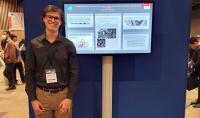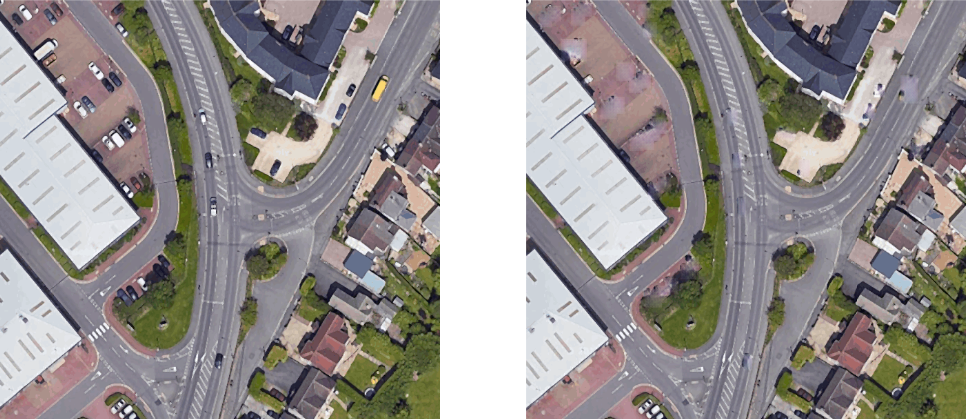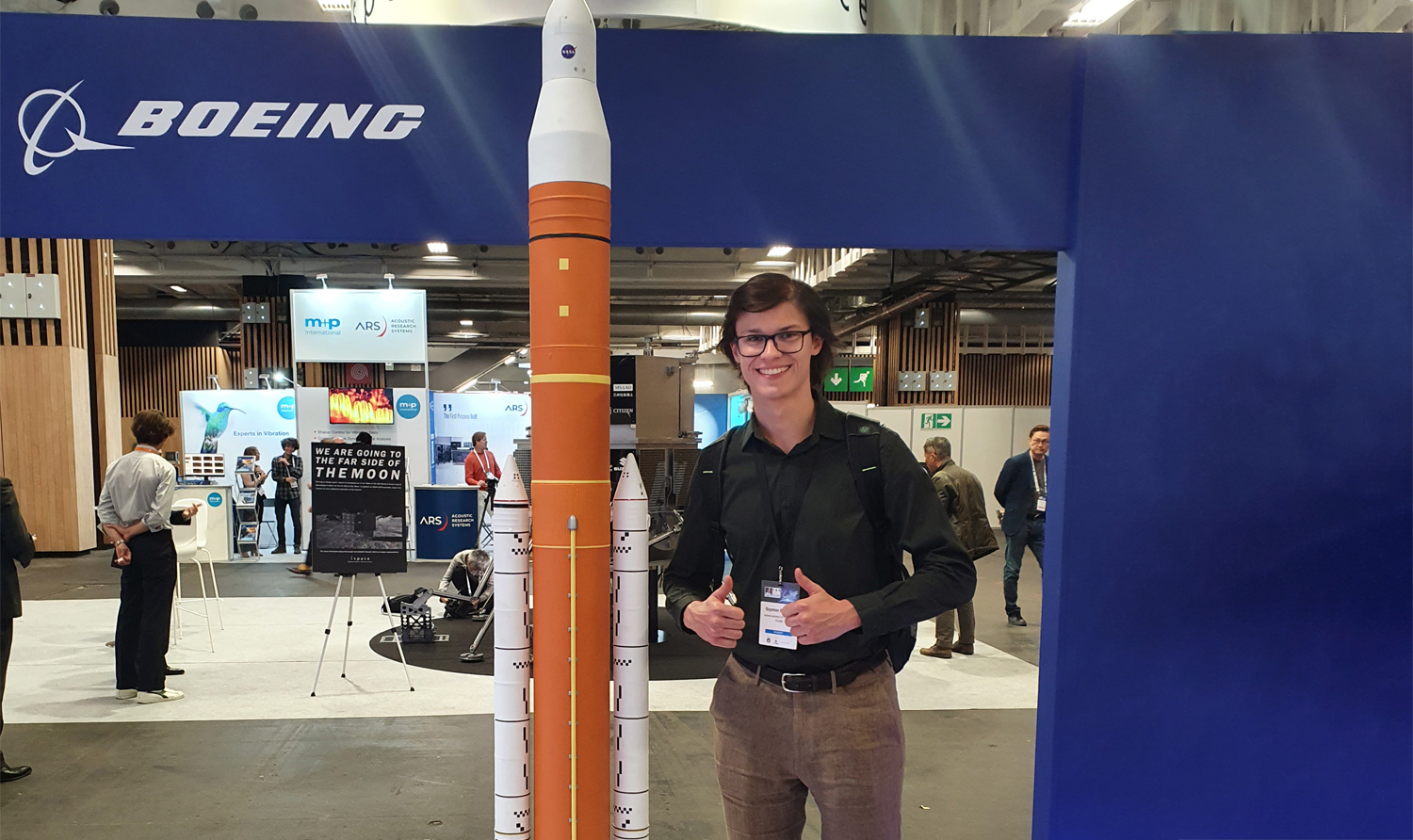WUT student’s idea will help in creating maps based on satellite images
The widespread use of cars poses a challenge in organizing traffic in cities. It also makes it difficult to work on maps created from satellite pictures. Szymon Bogus from the Faculty of Power and Aeronautical Engineering of the Warsaw University of Technology has found a solution to this problem. Artificial Intelligence has turned out to be the key to success.
– Using two deep learning models, I was able to detect and remove cars from satellite images and reconstruct the image to replace the space taken by cars with what should be beneath them – says our student.
Cars that are moving, parked or in traffic jams often obscure what the area actually looks like. Consequently, it is impossible to obtain full information about the area. This is a real problem, especially in big cities.
– Thanks to the efficient, automatic replacement of the car with an image of what is underneath it, we can use photos taken during rush hour without worrying that we won't see the elements of the urban infrastructure that we are interested in – explains Szymon Bogus.
The project consisted of two tasks: segmentation of the image and its reconstruction.
In the first stage, two classes of objects had to be distinguished: cars and the background. Here, the first challenges appeared – On satellite images, cars are very small elements. The background, on the other hand, is very diverse, containing both small images and large spaces.
– No classic algorithms like K-Nearest Neighbors or K-Means Clustering can handle such segmentation – explains Szymon Bogus. – That's why it was crucial to use a specific deep learning model – one that allowed you to understand how a car appears on satellite images.
The second stage involved predicting what surface was underneath the car before it was removed from the picture.
– In order to do this, it was necessary to analyze the surrounding area of the vehicles, look for recurring patterns, edges with unique features, and color distribution – says the student of the Warsaw University of Technology.
All these functionalities are connected by inpainting. Its purpose is to reconstruct damaged images. The deep learning method was used for this task as well.
The solution developed by Szymon Bogus was created as part of the didactic project entitled "Development of an Improved Educational Curriculum with Focus on Artificial Intelligence in Aerospace Industry", sponsored by The Boeing Company. The project manager was Maciej Zasuwa, PhD, from the WUT’s Faculty of Power and Aeronautical Engineering. Our student presented the result of his work at the International Astronautical Congress, which was held in September in Paris.
The models have been used to remove cars and reconstruct images, but thanks to their adaptability, there are a variety of other uses that could be made for them.
– The combination of segmentation and inpainting can serve as a tool for advanced Earth observation missions – argues Szymon Bogus. – The developed models can be precisely adapted to operate with a variety of objects, such as buildings or planes, making the overall solution highly versatile.










